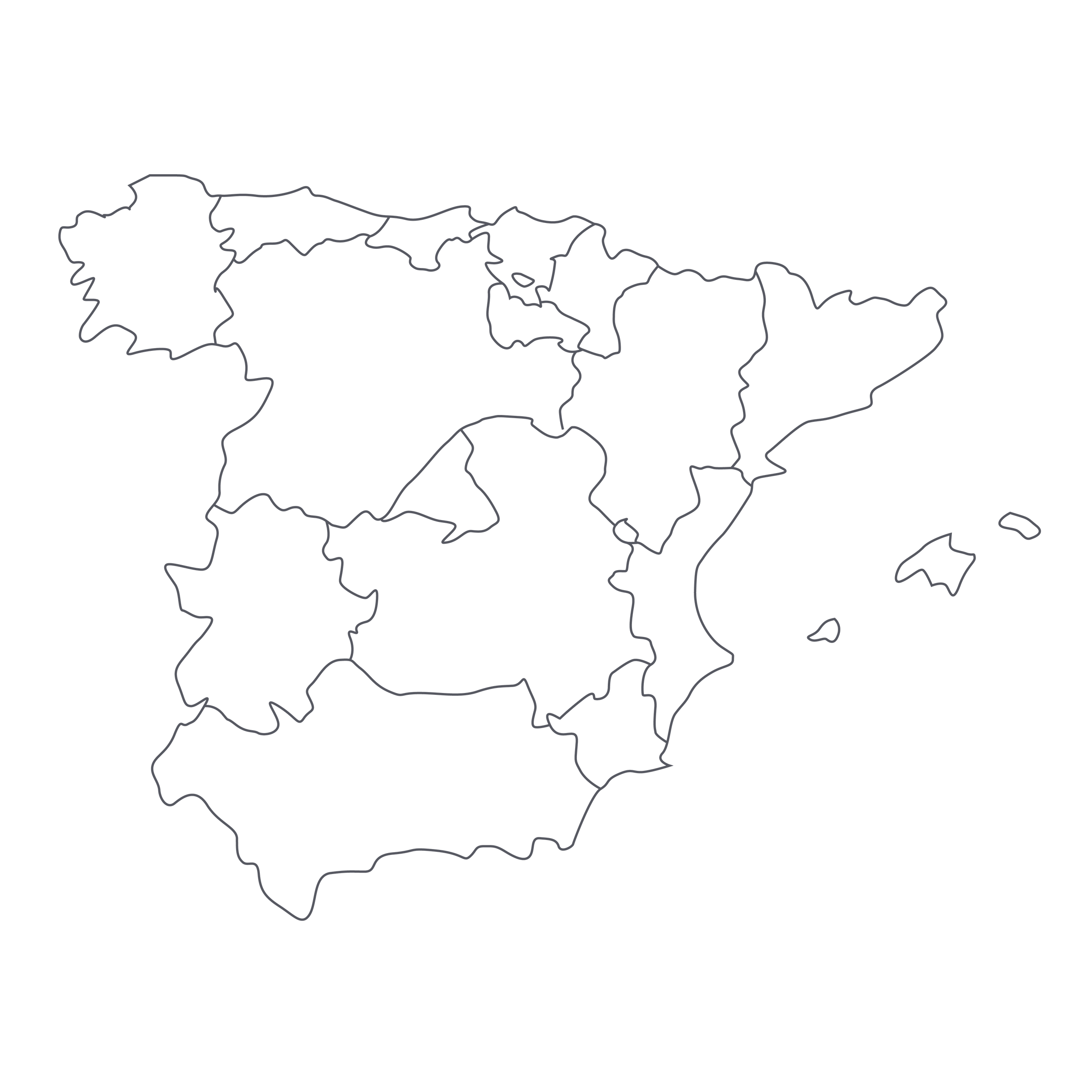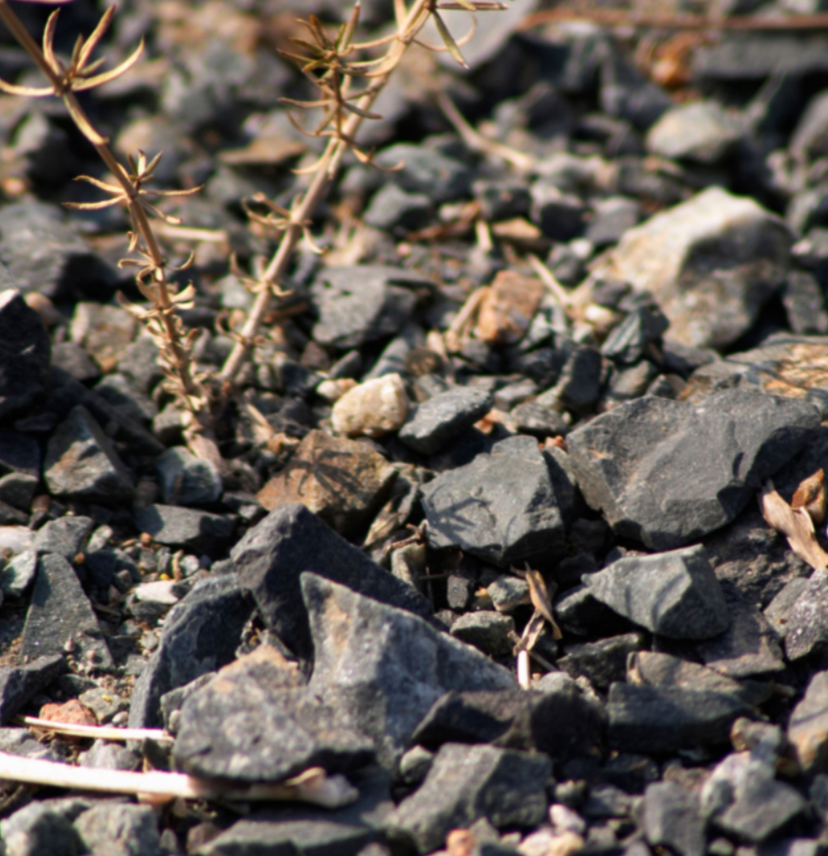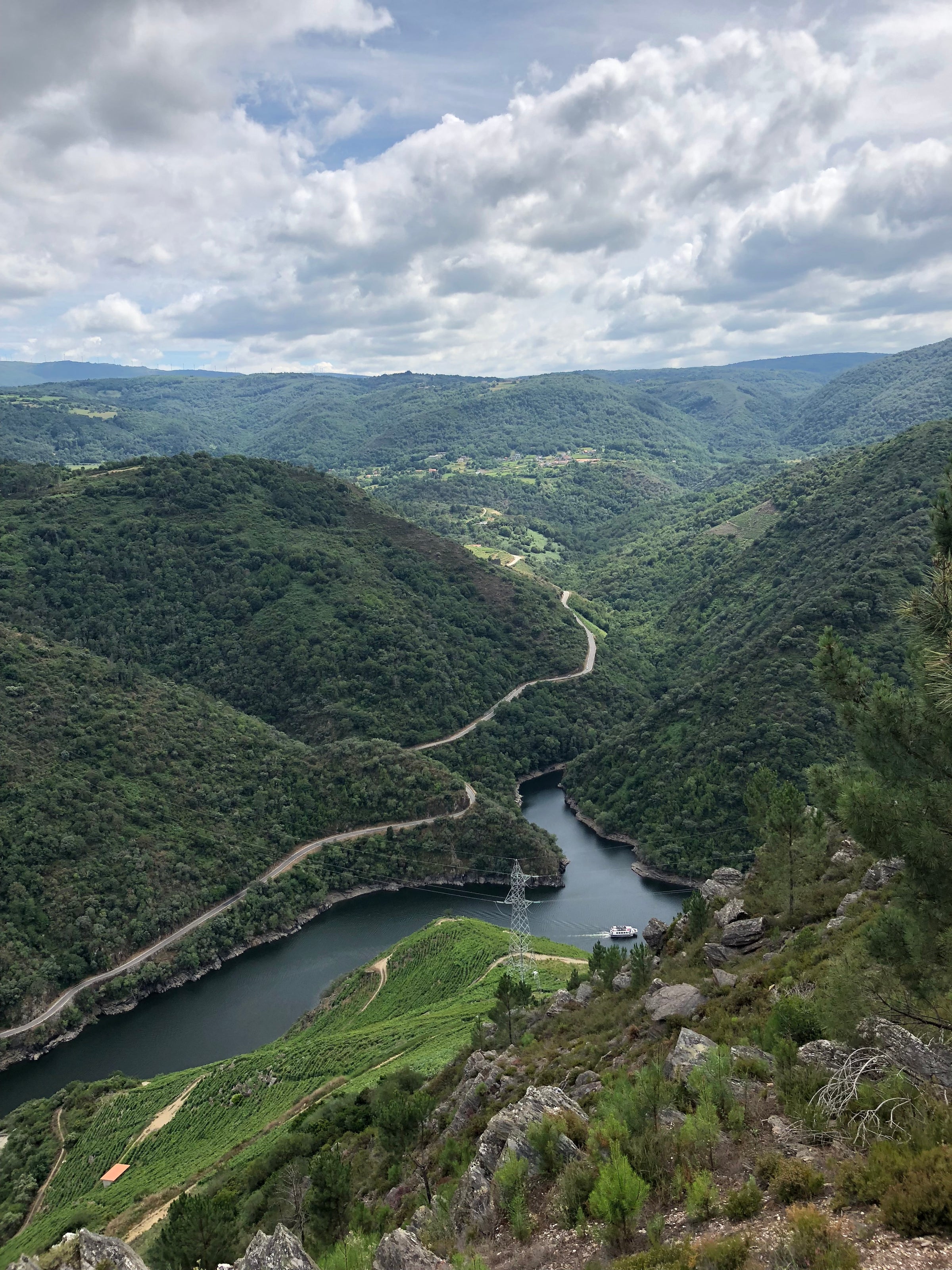Today we have wine’s answer to Queen and David Bowie doing “Under Pressure,” or Tom Petty and Stevie Nicks pairing up on “Stop Dragging My Heart Around.” The two stars behind “Encinas” are Antoine Graillot, of the acclaimed Crozes-Hermitage family, and Raúl Pérez, the bushy-bearded impresario from Spain’s Bierzo.
Recognizing a kinship between Rhône Valley Syrah and Bierzo Mencía, the pair sourced the latter from Pérez’s network of vineyards and employed some of Graillot’s techniques with Syrah in the winery to create today’s dark-fruited, deeply mineral 2017. (At one point, they had to remove a section of roof from Pérez’s winery to drop in a large concrete fermentation vat, but such are the complexities of passion projects like this.) The results proved well-worth the effort, and because this is Bierzo, the wine is affordable despite the high-wattage names on the label. As we tasted the 2017 “Encinas,” I thought of an offer of ours from more than a year ago: Pérez’s “La Vitoriana” Bierzo. Ian Cauble detailed that wine’s resemblance to Côte-Rôtie, noting how Mencía in Bierzo is more kindred to northern Rhône Syrah than it is to its more-frequently cited analog, Loire Cabernet Franc. Obviously we’re not the only ones who think so: Graillot and Pérez have a high-energy hit on their hands—a supremely refined Bierzo that showcases technique and terroir in equal measure.
Those who are familiar with the Graillots—dad Alain, who founded his estate in the mid-1980s, and sons Maxime and Antoine—know that this is a winemaking clan that is not content to stay in one lane. In addition to crafting benchmark wines in Crozes-Hermitage, Alain worked on collaborative Syrah projects in Morocco (with the Ouled Thaleb Winery) and in the Heathcote region of Victoria, Australia. Maxime created his own acclaimed label, Domaine des Lises, in Crozes-Hermitage, and with Antoine purchased land in Beaujolais to create Domaine de Fa, whose first vintage release was 2014. These guys get around!
The same could be said of Pérez, who has become a wine-world celebrity and an ambassador for the wines of northwest Spain. He originally gained international recognition working with his mentor, Alvaro Palacios, on assorted projects throughout Spain, but his home base is Bierzo, which is situated right where the Galicia region gives way to Castilla y Léon. From 1993-2004 he was the winemaker at Castro Ventosa, his family’s historic Bierzo winery, after which he founded his own label in the same village—Valtuille de Abajo. His family owns about 15 hectares of vineyards in and around Valtuille, which are broken up into incredibly tiny parcels farmed by many individual growers. We’ve offered several different Pérez-authored Bierzos on SommSelect, and among their many distinguishing features is Pérez’s penchant for leaving fermenting wines on their skins for extended periods—several months in some cases. This was one of his contributions to the “Encinas” project, and as with his own wines, today’s 2017 has very fine-grained tannins and a silken mouthfeel. Despite the extended time macerating on skins, there’s not even a hint of bitterness from over-extracted tannins; the wine has a focused, well-concentrated feel while also being supple and full of freshness. Driven almost entirely by Mencía blended with trace percentages of other local varieties, “Encinas” delivers a level of refinement not always seen in Bierzo, and yes, there are some strong parallels to be drawn with northern Rhône Syrah.
As with the Galician wine zones, Bierzo experiences a cool, wet Atlantic Ocean influence, but as you move eastward, to lower altitudes closer to the Sil River, the influence of the warmer, drier plains to the east can be felt. At higher elevations (often 1,000+ meters) the Bierzo soils are a mix of slate and granite, transitioning to more “alluvial” material—sand, silt, and clay—in the lower-lying areas. Valtuille is indeed part of the latter “Bierzo Bajo,” although, at around 600 meters’ elevation in its own right, there’s nothing especially bajo about it. Encinas was sourced from three vineyards in the Valtuille area—including Pérez’s “El Rapolao,” from which he crafts a celebrated single-vineyard wine under his own label—and fermented using whole grape clusters in concrete (the Graillot influence). After spending several months on its skins, the wine was aged 10 months in large, used French oak foudres before bottling.
The 2017 Encinas truly is Bierzo on another level: Mencía expressed with serious depth but also considerable elegance, with none of the ‘green-ness’ or astringency found in many of the region’s reds. In the glass, it’s a deep (and Syrah-like) ruby-black with magenta highlights, with aromas of ripe blackberry, blackcurrant, Morello cherry, cacao, crushed black rocks, licorice, violets, and cracked black pepper. It is medium to medium-plus in body, with great freshness and moderate alcohol, perfectly balanced and lifted on the palate. The tannins have a firm but fine grip, lending a graphite note to the well-balanced sweet/savory mélange. It is an extremely impressive red that is delicious right now and poised to improve steadily over the next 5-7 years if kept well. I myself won’t be waiting: With about 30 minutes in a decanter, this is going to be a summer go-too with beef and lamb off the grill, served in Burgundy stems as a cool-ish 60 degrees. Trust me, you will not want to stop at one bottle. Or two. Just letting you know now—Cheers!





